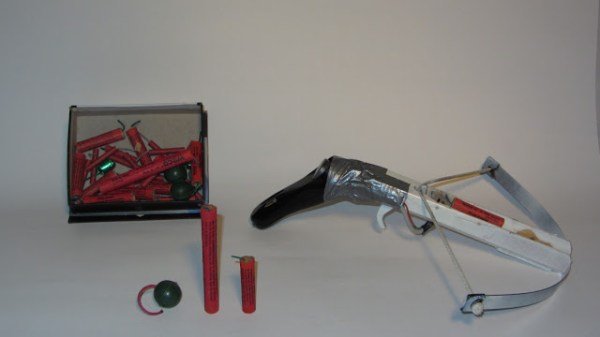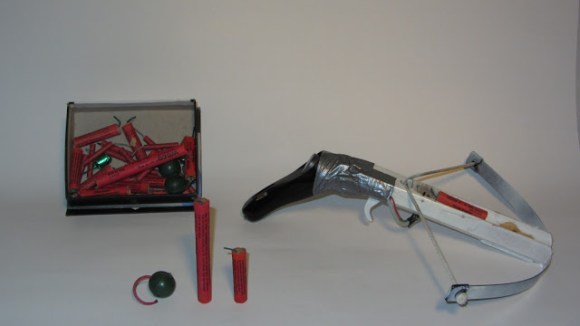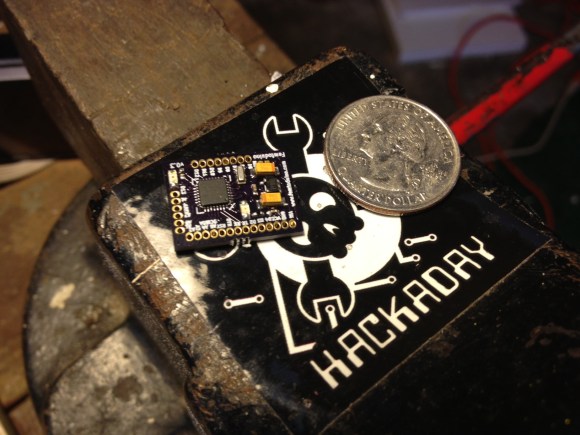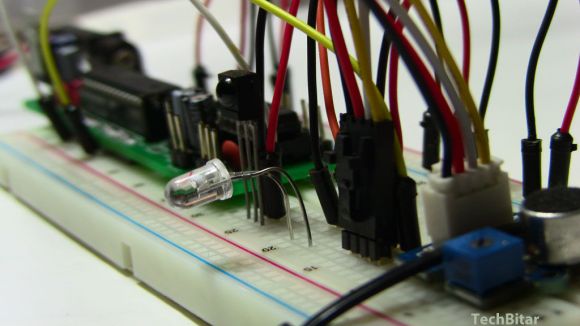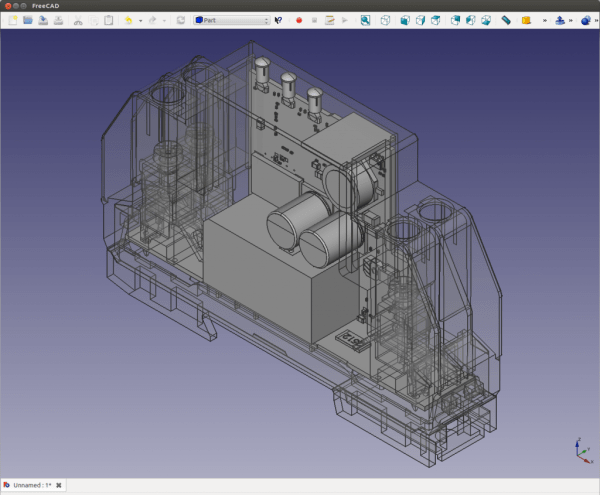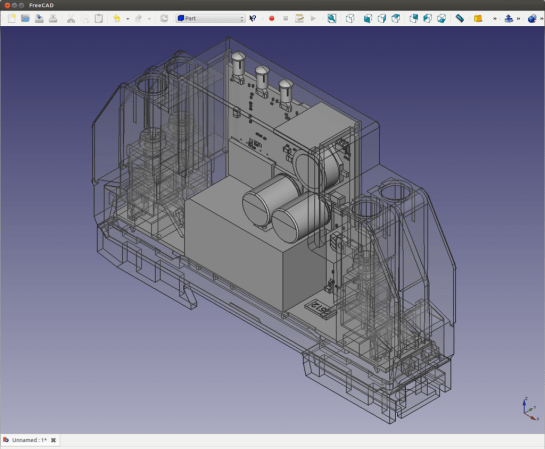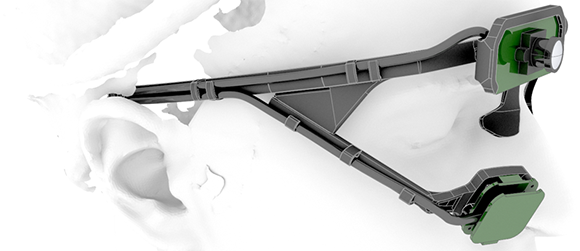
Eye tracking is a really cool technology used in dozens of fields ranging from linguistics, human-computer interaction, and marketing. With a proper eye tracking setup, it’s possible for a web developer to see if their changes to the layout are effective, to measure how fast someone reads a page of text, and even diagnose medical disorders. Eye tracking setups haven’t been cheap, though, at least until now. Pupil is a serious, research-quality eye tracking headset designed by [Moritz] and [William] for their thesis at MIT.
The basic idea behind Pupil is to put one digital camera facing the user’s eye while another camera looks out on the world. After calibrating the included software, the headset looks at the user’s pupil to determine where they’re actually looking.
The hardware isn’t specialized at all – just a pair of $20 USB webcams, a LED, an infrared filter made from exposed 35mm film negatives, and a 3D printed headset conveniently for sale at Shapeways.
The software for Pupil is based on OpenCV and OpenGL and is available for Mac and Linux. Calibration is easy, as seen in the videos after the break, and the results are amazing for an eye tracking headset thrown together for under $100.


